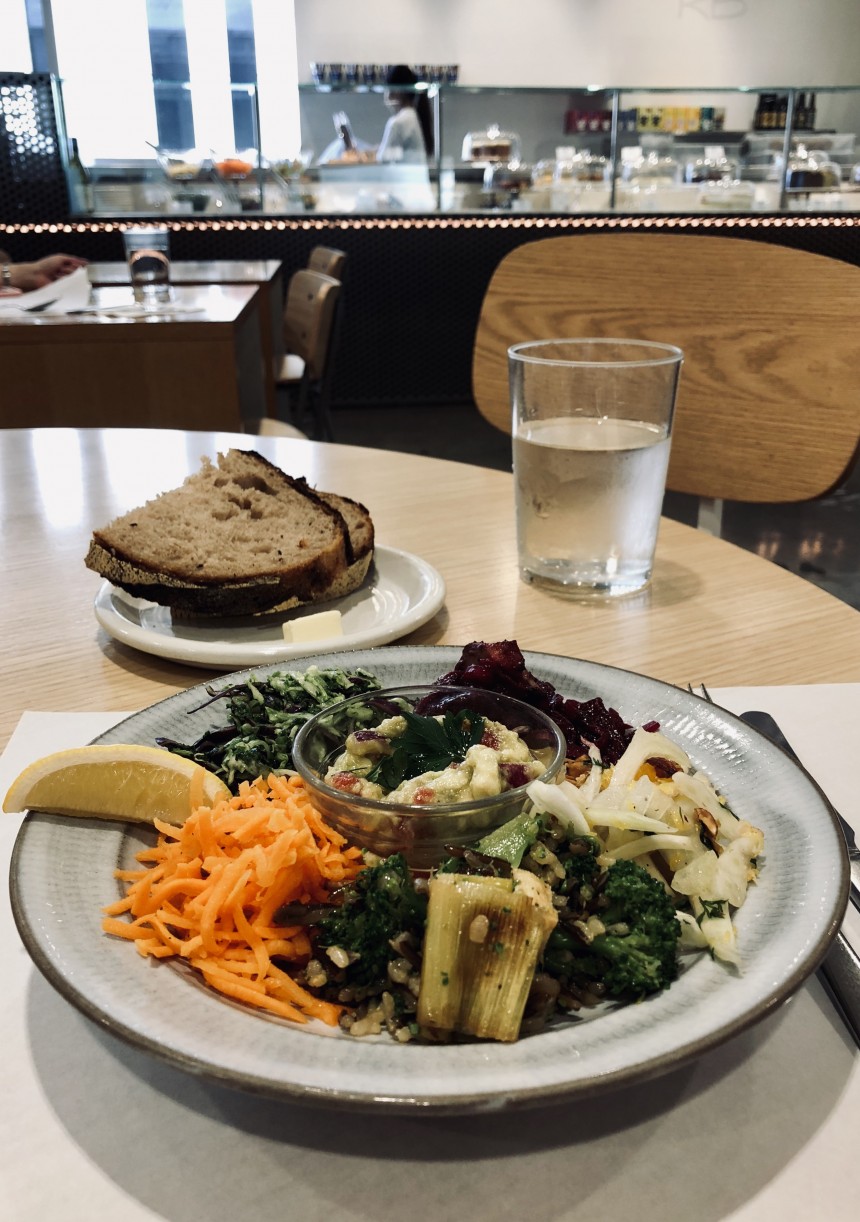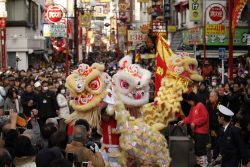
November 10, 2018
Tokyo Veg City
Keeping true to your diet in a tricky environment
While Japan is rich in vegetables from the land and sea, if you are a vegetarian, it can be difficult to find restaurants preparing real vegetarian food. I hear from more and more vegetarian friends and tourists that finding options in Japan is a struggle. While I eat fish and meat, I do love dishes which are packed with vegetables. These are some tips that may help you make your way through the day-to-day as a vegetarian in Tokyo.
The biggest challenge throughout Japan as a vegetarian is avoiding dashi. Dashi is an umami-rich stock that is used in many recipes. In Tokyo, dashi is usually made with kombu (kelp) and katsuobushi (smoked skipjack tuna flakes). In other parts of Japan different fish like tobiuo (flying fish) or niboshi (dried sardines) are used. If you are comfortable with dashi, then it is a breeze. But if not then be sure to inquire if any dishes are made with dashi.
First of all, educate yourself on vegetarian Japanese ingredients. Non-meat protein sources in Japan can come from dried or fresh beans, tofu, natto, nuts and other soy products like yuba (soy milk skin) or deep-fried tofu. Fu is a wheat gluten product that can be eaten both dried or fresh. Konnyaku is made from konjac, a root vegetable which has a chewy texture and comes in varieties including steak-like bars, noodles or round balls. Sea vegetables come in many textures and flavors: umi budo look like tiny grapes that burst with the flavor of the sea; kanten is agar gelatin made from a red algae; and mozuku is a slippery sea vegetable often served in a tart ponzu. As well as these, the vegetables that you’re familiar with may be different in Japan like cucumbers, eggplants, green peppers and leeks.

Kaiten-zushi (conveyor belt sushi) or take-away shops will have some vegetarian options. Check out the hosomaki (thin rolls) for cucumbers, umeboshi, natto or takuan (pickled daikon). Inarizushi are sweet, deep-fried tofu pockets stuffed with rice. Onigiri at convenience stores or in depachika will have some options like kombu tsukudani (seaweed cooked in soy sauce), nozawana (pickled mustard greens) or sekihan (rice cooked with azuki beans).
Japanese restaurants which have vegetarian-friendly menus usually serve vegetable tempura or kushikatsu (breaded and deep-fried skewers), but I would advise that you bypass the dipping sauce and ask for salt to season the tempura vegetables. Udon shops are also a good option — request the noodles boiled but without any soup and add soy sauce, grated daikon and freshly squeezed lemon. Round out the meal with vegetable tempura. Check out udon chains like Hanamaru or Marugame Seimen and remember that it’s always good idea to inquire if dashi is used in any soups or sauces.
Shojin ryori is traditional vegetarian Buddhist cuisine and is served at some temples. Daigo in Atago serves a high-end meal for special occasions. Daigo’s sister shop, Sougo, is a shojin restaurant — but as dashi is often used, be sure to request the vegetarian option when making a reservation. Revive Kitchen Three at Hibiya Midtown has a menu based on shojin ryori. The ozen platter course is a full course meal, with a hearty salad that is heavier than it appears — beneath the salad greens is a base of cauliflower rice and delicious mashed miso tofu (¥1,500). Ginza Rose Bakery also offers great salads, with the “salad lunch” course serving six salads with bread (¥1,500).
Nishi Ogikubo and Kichijoji are great areas that offer many vegetarian restaurants. Yukisukinokuni in Nishi Ogikubo does a vegetable lunch plate with 13 prepared vegetable dishes (¥1,500). I was so taken with some of the preparations as the chef explained that I went home and promptly attempted some of the recipes: leeks in vinegar and soy sauce; okra with ginger, sugar, sesame oil and soy sauce; and shishito with soy sauce and mirin. If the menu here doesn’t appeal to you, look for the nearby Komenoko and Toraya Shokudo, which both have good offerings as well.

Beyond Japanese cuisine look for Indian or Italian restaurants serving vegetarian dishes. Depachika are great for colorful salads. However, carefully check for fish or meat as both are popular toppings. Bakeries will have some vegetarian breads but again, check when purchasing as sometimes a little fish or meat may be tucked inside.
A vegetarian friend living in Tokyo said that she prefers to look for vegetarian-friendly dishes at omnivore restaurants. A great tip as it feels as though some vegetarian restaurants tend to focus on the element of being vegetarian rather than taste of the food overall. If you’re a flexible vegetarian, this is a good option. Otherwise, there are good reference websites for vegetarian and vegan restaurants in Tokyo. Vegewel in particular is helpful.
While being vegetarian may seem daunting in Japan, with a handful of tips and local knowledge it’s easily manageable. In fact, it’s more than that — it’s the perfect reason to do some research, explore, and learn more about Tokyo and Japan.







